This post has been simmering for a while, but it seems the more I think about this, the more there is to learn. (Also, I've been so crazy busy the last couple of weeks drawing stuff for the Calgary Comics Expo at the end of April, so I haven't had any time to work on this!) But I can't wait forever, so I think I'll just put it out here and see what happens.
Local housing options are a bit of a hot topic in Calgary right now, as it happens. Calgary entrepreneur W. Brett Wilson just wrote this editorial in the Calgary Herald adding his voice to the ongoing debate about legalizing secondary suites (Wilson - who, I just discovered, has quite a unique website, by the way - is in favour of doing so). "Density" is a popular buzzword in current discussions about housing options. But although I'm all for educating people about "density" - and the fact that it doesn't have to mean "condo towers" - this post isn't really about the stuff going on at City Hall. This is just about finding a way to live with my mom.
I made this the subject of my most recent Ramsay comic (which I usually post here at the beginning of the month; I delayed it this time so I could put it into this story). Here it is. But keep reading below if you should feel so inclined. Basically, what began as a search for a good plan to move my mom in with my family, has become a passionate inquisition into the local lack of what I'm seeking. Read on!
This subject - or some variation thereof - clearly hits close to home for other Calgarians, too.
Here are some of the suggestions I received:
How about an attachment to the house from the garage? Maybe a single car garage at the back of the lot with a small covered connection to your house? The house, garage, and connection would form a natural courtyard space in the back. Could be nice.....
Why are you hung up on an attached garage? Pour a new concrete sidewalk with heating coils inside. Presto! No more ice. You can manually turn it on, or you can get a sensor that automatically turns on when the concrete gets wet AND the temp is below zero. Nice dry concrete every time.
I don't think development of the conventional sort will be designing your perfect house anytime soon, but clearly it is happening, e.g. Dragonfly housing co-op near Bridgeland. What we need, I believe, is a similar development in Ramsay.
Tiny houses can usually be self-built for less than $35k, much less if active recycling is pursued. Or they can be bought for less than $50k if you want one bespoke. |
Oh - and I love the term "grannex" (*grandma + annex).
So, I guess I should clarify: I wasn't really looking so much for advice about zoning and secondary suites and specific ideas for a house/renovation design (although I most certainly welcome it!), as I was wondering if there are any houses out there that are designed and built especially to accommodate multi-generational families (or at least, that have two suites, one of which is designed for accessibility, and one of which isn't).
I think the fact that so many of my neighbours were motivated to reach out and offer me feedback, says something about the degree to which all of us are affected by our living spaces. Many of us share a common struggle: how to force our lifestyles to fit into the shape of our dwellings? But shouldn't it be the other way around: shouldn't we be building our dwellings to fit our lifestyles? I read something recently about how it used to be common for people to move to a new city for a job, and then try to adjust to that new city; now, apparently, it's more common for job-hunters to check out the city first, see how well it suits their existing lifestyle, and then take the job only if the city's a good fit. Couldn't we approach housing that way, too?
Anyway - here are a few thoughts that I've been mulling over as a result of pondering my own family's situation over the past year or so. Let's start with two assumptions that seem to be commonplace, at least in this city... both of which I think are a load of hooey.
Assumption #1.
When your needs change, you should move to a new place
| It seems like it's just a given that people should live in different kinds of dwellings at different stages of their life. (See brilliant illustrations, scribbled in a car on the way back from Edmonton a couple of weeks ago) (No, I was not doing the driving). Of course, some people love moving to new places! More power to them! But some people would rather stay where they are. There are all sorts of reasons that it might be better to stay: existing neighbourhood networks, familiarity with shopping or transportation routines, friends... What options do these folks have? |
| You can make your own adaptions to your dwelling to suit your changing circumstances. If you're Frank Lloyd Wright (who innovatively redesigned his Chicago Oak Park house to accommodate his growing family), this might not be a problem. But for others, it might not be so easy. First of all, your house might not be able to handle the renovations. Or, the cost of gutting an old house might be much more than just moving to a new one. If you do end up renovating, either you have to rely on a contractor who doesn't usually do such "non-standard" work, and who might not have the proper expertise; or you find an expert, who might charge a lot and/or make you wait because he/she is so busy already. |
| But many people don't even know what options are available - i.e. how a house can be retrofitted to accommodate a change in circumstance such as a disability that limits mobility, an aging resident, or even just a growing family. There are resources out there, but it seems like you have to do a lot of research to find out what's available. Many would opt for the "easier" solution of just moving to a new place that comes ready-made with the necessary features. Besides, where do you live while the renovations are going on? Sometimes it seems to me that things are set up to make moving the best option, because there's so much profit to be made (by realtors, developers, house builders, etc). when people move. But think about this: |
Transitions are harder for elderly folks and people living with mental illness or other disabilities.
| You have to find a new grocery store, a new hairdresser, a new neighbourhood walk, a whole new routine. You might have to drive a different route than that way you've been taking for twenty years. (Or fifty years?) And until (or unless?) you get to know your new neighbours, you've lost your community support network. Sometimes these kinds of support systems take lifetimes to build. Sometimes people just can't rebuild them after they move - they're not at the "networking" stage of life anymore. So now they're in a new place with a handicapped-access shower and no stairs, but they don't know anybody, they don't know their way around, and they don't have the mobility, the energy or the resources to go exploring to find out. |
It just sounds like a plan that will encourage depression, isolation, and accidents... or, at best, will put a strain on those family members who will have to work as hard as they can to help with the transition so these kinds of things won't happen.
Assumption #2.
Most people want their parents in "Old Folks' Homes"
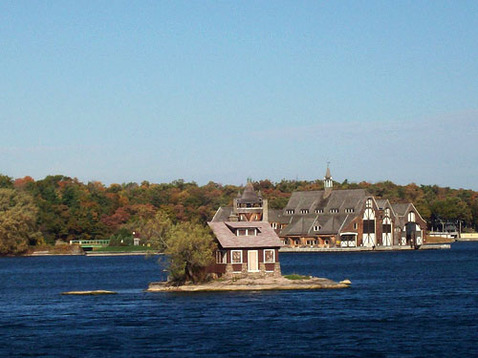
Really?
While writing this post, I couldn't help remembering a boat tour I once took through the St. Lawrence River's Thousand Islands. One of the spots that was pointed out on the tour was the so-called "mother-in-law island," on which tiny speck of land George C. Boldt had reputedly built a little cottage for his mother-in-law. (I found this photograph of the island here in a flickr photo gallery, although it looks like the photographer might have removed the picture since then.) So, yes, I get it - mothers-in-law are notoriously bad housemates for many.
But that's precisely why I'm suggesting a separate suite within the house for my mom. Even though we get along really well (and, even better: my mom & husband like talking sports, which takes the pressure off me!), my mother and I agree that no kitchen is big enough for the both of us. Until and unless she ends up needing more help than my family can provide, this seems like a good plan. At that time, a retirement residence, where she could receive care from qualified people, might indeed be the best option. That, or a caregiver who either lives with her or visits often. But that might not be for years!
However, even if it's just for a short time, we'd still like to have her nearby.
By the way, it looks like Amber Lee is part of a Chinese-Canadian family. This is one culture that definitely, in my experience, places a high priority on keeping parents nearby. One might argue that this doesn't represent enough average Calgarians to rethink our current housing model. But even if you argue that parent-house-sharing is more of an Eastern than a Western phenomenon, remember that Westerners are not the only folks in Calgary (developers take note: Chinese languages accounted for the largest number of immigrant tongues reported in Calgary, according to this 2012 article from the Herald), and that "the East" is a big place: I have friends from Tanzania to Tibet who co-habit with their parents in Calgary. And Calgarians from all over the world have parents who visit - or, at least, who would visit, if they could be assured of safe and comfortable accommodation!
"We've seen a 25 percent increase in demand for multigenerational housing structures over the past two years and expect to see more," said Luis Tusino, CEO of the GBI-Avis building group, which specializes in building custom modular homes. | If you do a Google search for "multigenerational housing," you might be surprised at the evidence for the growing popularity of this movement (not to mention the fact that it's a search term at all). This quote is from a Nov. 2012 article about an American family who are making it work. So: there are many who don't want their parents in retirement homes. |
There are options!!!
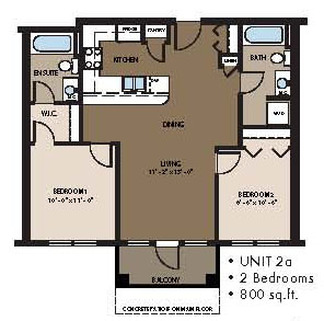 Am I really the only one who thinks this is silly?
Am I really the only one who thinks this is silly? (Don't get me started on how silly it is for 800-sq-ft condos to have these obligatory "guest bathrooms". What the heck. If you know someone well enough to invite them over to your 800 square foot condo, you probably know them well enough to let them use your own private bathroom. Of course, if two people are living in the space, or if you use your space as a home office for visiting clients, you might not want to share - but many of these suites are inhabited by single occupants who'd much prefer to have some of their precious 800 square feet allotted to a work space or something else useful, rather than a redundant WC, when there's another one ten feet away! But, as usual, I digress...)
Of course, I'm not talking about custom-designing each feature of your home - if you can afford to do so, that's great, but most can't. I just mean that dwellings could be designed with a few more modular features that allow for easy adaptations to suit the inhabitants' lifestyles.
And there seems to be a trend in this direction. Although it may be a long time before mainstream developers are turning out versions of my particular multi-generational dream home, certainly there are some cool housing options in Calgary which indicate that quite a few people are not content with the status quo. A new one is Dragonfly Cohousing in Crescent Heights (get in while you still can!), Calgary's second such development to my knowledge (the other one - and it's also awesome - is Prairie Sky).
Accessibility should be built-in
| Here are some steps in my neighbourhood that lead to the Ramsay Heights Housing Co-operative. They look so inviting... if you're a mountain goat. | When I was in Edmonton a few months ago, I happened to stroll along this very street, past the above "Nestview Collection" of houses (by Edmonton homebuilders Perry Homes), and I couldn't stop goggling. I confess, despite my love of ancient character homes, I really liked these modern houses' bright colours. But it wasn't just that. It might be a bit hard to see from the image (which I stole from Perry Homes' website), but if you look closely, you'll notice that the front doors of these houses are on GROUND LEVEL. There is no step. I repeat: there is no step! Not only do they lack a flight of stairs to the front door, they lack a single front step. So here's my question. If these guys can do it, could others do it? And if they can, why aren't they? Yes, of course there are steps inside the house, but that doesn't matter! All we need is that main floor suite! Does this or does this not prove that you can have a step-free dwelling without having to move to a condo? It means not having to custom-build a handicapped-access ramp or lift onto your front porch. |
In conclusion...
| Why can't changes be modular? Like doorways that can be widened to accommodate wheelchairs, and then narrowed again when you've recovered from your hip surgery? Like steps that can be replaced with custom-fit ramps that aren't in danger of slipping, and that actually match your decor? But there is no modular solution. So people end up jerry-rigging their own (as in a house I visited a while ago, pictured here). These "solutions" are usually disruptive to household life (not to mention floors, fixtures and furnishings), aesthetically displeasing, and sometimes even... unsafe. To some, there's a stigma attached to labelling your house as "handicapped-accessible." So some people don't make these adjustments, even though they need them. Many of the accidents - particularly falls - that happen to elderly people living at home, happen because they haven't adapted their living arrangements to suit their new circumstances. If houses just came with these adjustable options, there would be no stigma. Changes could be made discreetly and easily. And everyone would be safer. |
Maybe I'm just naive. But think about the savings to health care when elderly people and folks dealing with mental illness/mobility issues all of a sudden DON'T have to move. To say nothing of the family happiness.
How would Calgary profit from more multi-generational housing?
I'd like to find out.
P.P.S. In case you're thinking, "Why can't you just renovate your house? Secondary suites are legal in Ramsay, and you have enough room in your backyard!" - We might do so, but it's a weighty decision. Our 100-year-old house, sturdy though it is, still has (in part) 100-year-old wiring, plumbing, and windows. Doesn't it seem kind of dumb to put a modern addition on something like that? To gut the whole thing and update everything at once, would be, based on our previous renovation experience, just as expensive, if not more, than buying a new house. We're still on the fence about how long we should stay in this spot. So... we'll keep on thinking about this. I'll let you know what happens.
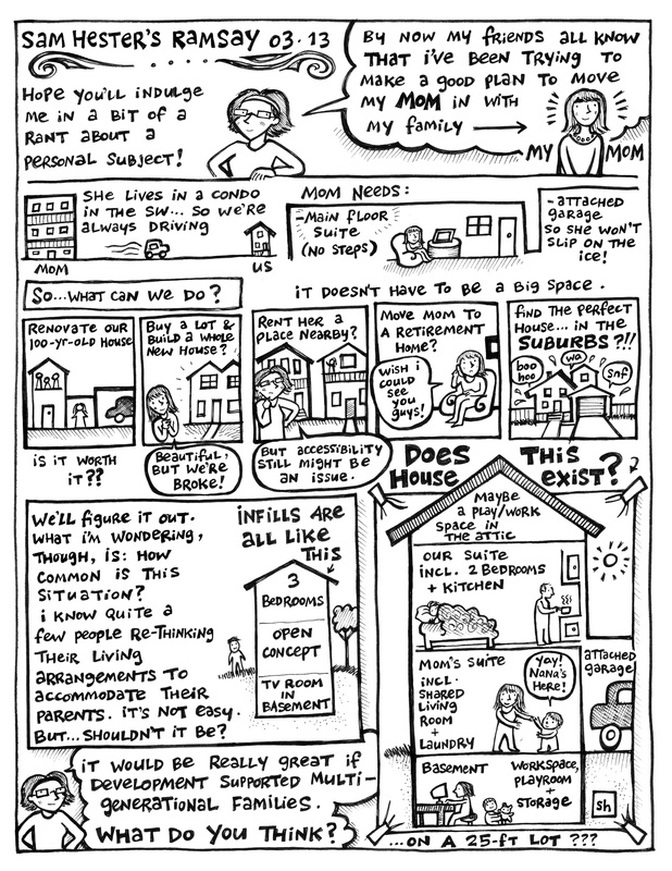
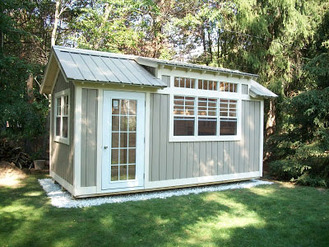

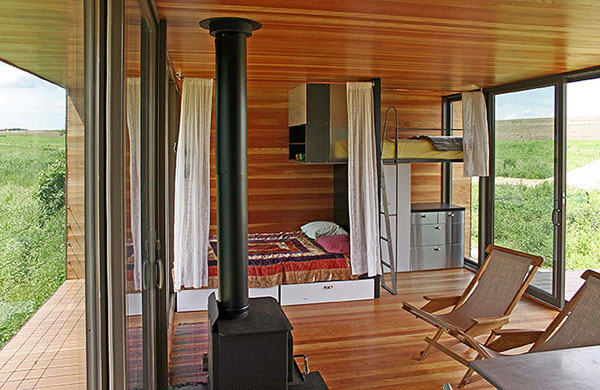
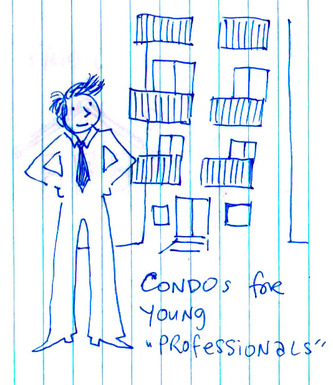
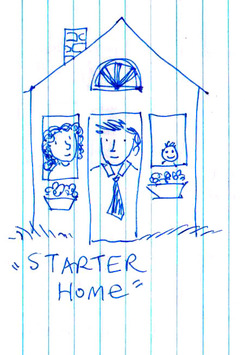
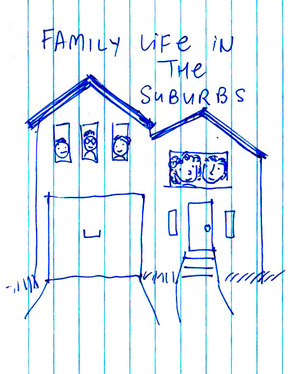
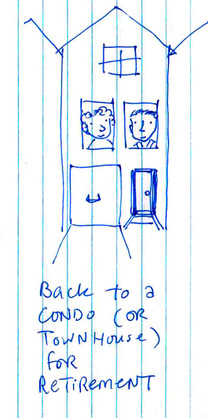
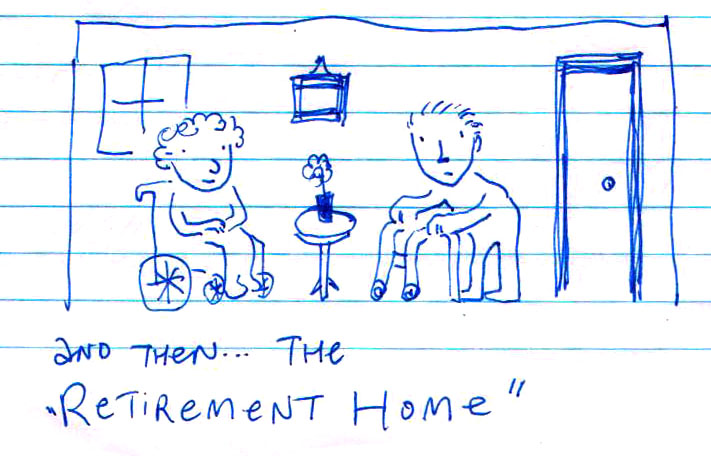
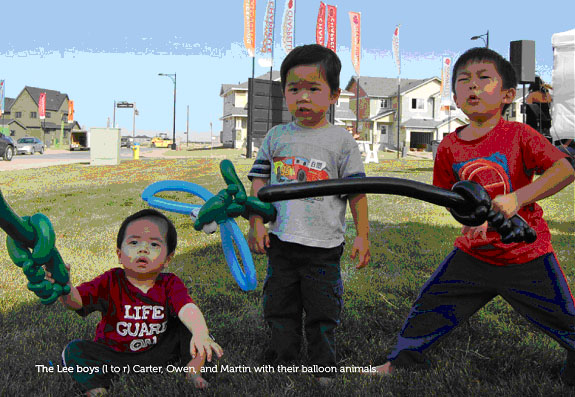

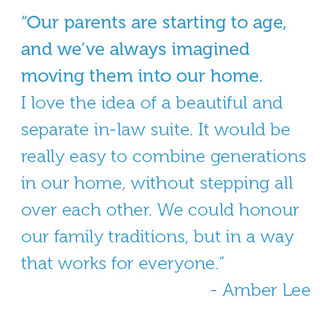
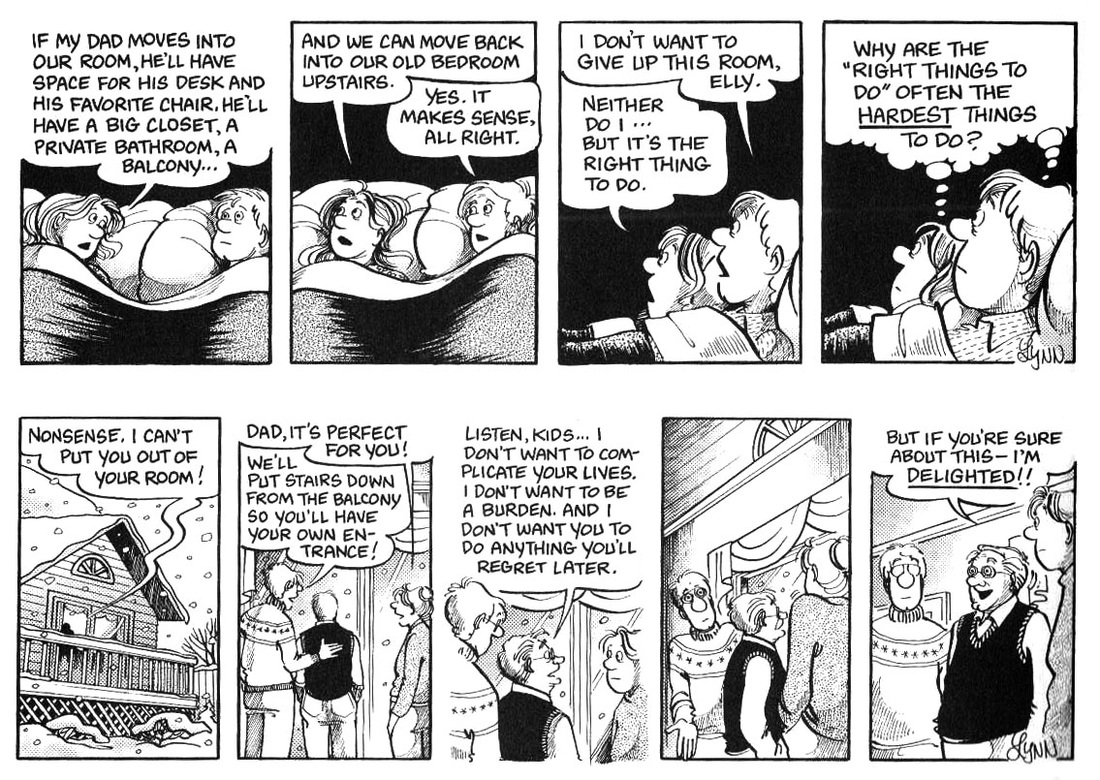

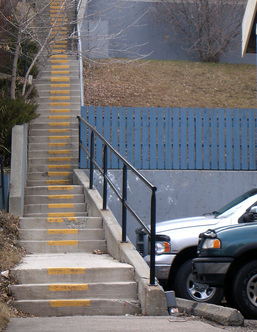

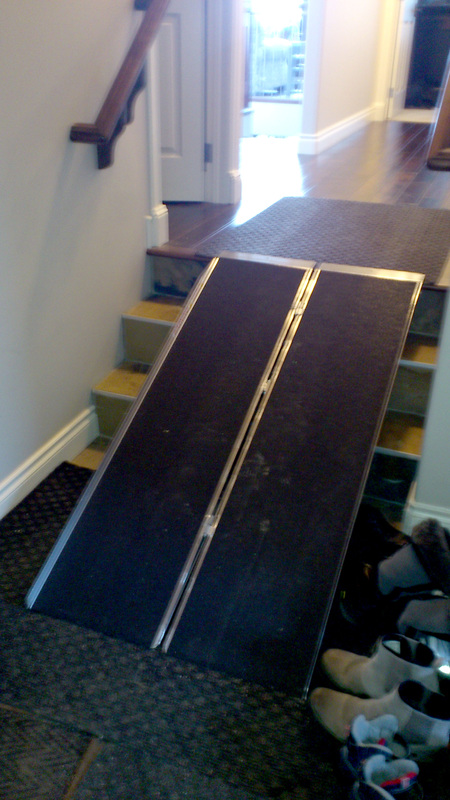

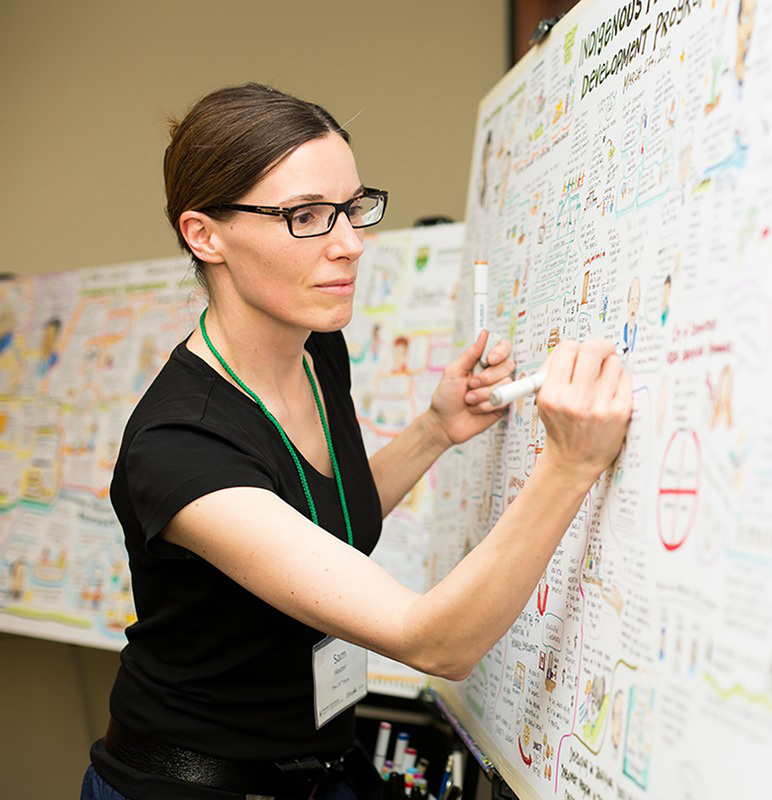

 RSS Feed
RSS Feed